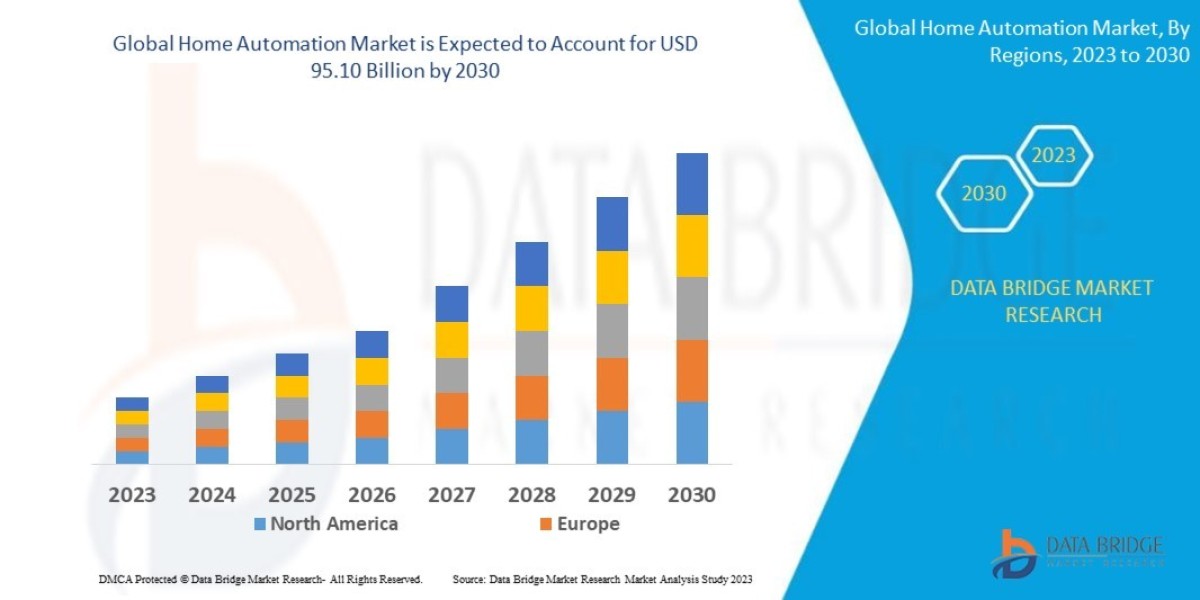The digital landscape continues to evolve rapidly, making responsive web design more critical than ever in 2025. With users accessing websites through a diverse range of devices, from foldable smartphones to large-screen monitors, businesses must ensure a seamless browsing experience for everyone. A professional website design agency plays a key role in implementing best practices that align with current trends, improve user experience, and boost conversions.
Why Responsive Web Design Still Matters in 2025
Responsive web design isn’t just about adjusting layouts to different screen sizes. It’s about delivering consistent functionality, fast loading times, and intuitive navigation across devices. With search engines prioritizing mobile-first indexing, websites that fail to adopt responsive techniques risk losing visibility and traffic. Moreover, as wearable technology and voice-activated browsing become mainstream, the need for fluid, device-agnostic design is more important than ever.
Best Practices for Responsive Web Design in 2025
1. Mobile-First Approach Remains the Priority
A mobile-first strategy continues to be the foundation of responsive web design. Starting the design process with smaller screens ensures essential elements are prioritized, reducing clutter and enhancing usability. A website design agency focusing on mobile-first strategies ensures that core content and CTAs remain prominent, leading to better engagement rates.
2. Fluid Grid Systems and Flexible Layouts
Fixed layouts are outdated in 2025. Fluid grids that adapt proportionally to screen sizes guarantee a flawless visual experience. Rather than designing for specific breakpoints, agencies now design for a content-first experience where layouts scale smoothly regardless of the device.
3. Optimized Images and Adaptive Media
With high-resolution screens dominating the market, responsive image optimization is crucial. Using modern image formats like WebP or AVIF reduces file sizes while maintaining quality. Adaptive media that adjusts resolution and format based on device bandwidth ensures fast loading times, improving both user satisfaction and search engine rankings.
4. Prioritizing Core Web Vitals and Performance
Website performance directly impacts user retention. By 2025, Google’s Core Web Vitals continue to influence search rankings. A reputable website design agency prioritizes fast loading speeds, minimal layout shifts, and smooth interactivity. Techniques like lazy loading, efficient caching, and lightweight codebases are integral to achieving these standards.
5. Content Scalability and Readability
Typography and content spacing must remain scalable for different screen sizes. Legible fonts, proper line spacing, and adequate contrast ensure accessibility for all users, including those using assistive technologies. Dynamic font resizing and adaptable layouts also cater to diverse screen resolutions.
6. Embracing Advanced CSS and Design Technologies
Modern CSS techniques, including container queries and clamp functions, enable responsive design flexibility. A website design agency proficient in these technologies ensures better control over how components behave across devices, providing an optimized and future-ready user experience.
7. Testing Across Emerging Devices
In 2025, testing isn’t limited to smartphones, tablets, and desktops. Designers now account for foldable phones, smart TVs, and wearable devices. Continuous testing using real device labs and emulators guarantees consistent performance and usability, regardless of the browsing medium.
8. Accessibility as a Core Requirement
Accessibility has shifted from being a recommendation to a requirement. Designing with WCAG guidelines ensures inclusivity for all users. Features like keyboard navigation, proper alt text for images, and ARIA roles are standard practices adopted by every professional website design agency in 2025.
9. Progressive Enhancement for Diverse User Needs
Not all users have access to high-end devices or fast internet. Progressive enhancement ensures the website delivers essential content and functionality even under constrained conditions. This approach is crucial for businesses targeting a global audience.
10. Future-Proofing with Scalable Design Systems
As technology continues to evolve, scalable design systems allow for easier updates and feature integrations. Consistent design patterns and reusable components enable businesses to quickly adapt to new devices and trends without overhauling the entire website.
The Role of a Professional Website Design Agency
A forward-thinking website design agency does more than just create visually appealing websites. It combines design, performance optimization, and user experience strategies to deliver future-ready solutions. From implementing advanced responsive techniques to ensuring accessibility compliance, agencies help businesses stay competitive in an ever-changing digital environment.
Moreover, experienced agencies constantly monitor evolving trends, like AI-assisted design and voice-responsive interfaces, integrating these innovations to enhance user engagement and conversions.
Conclusion
Responsive web design in 2025 goes beyond merely fitting content to various screens; it focuses on delivering seamless, fast, and accessible experiences for every user. Businesses that partner with a skilled website design agency are better positioned to meet these evolving standards, ensuring improved visibility, user satisfaction, and long-term growth.








